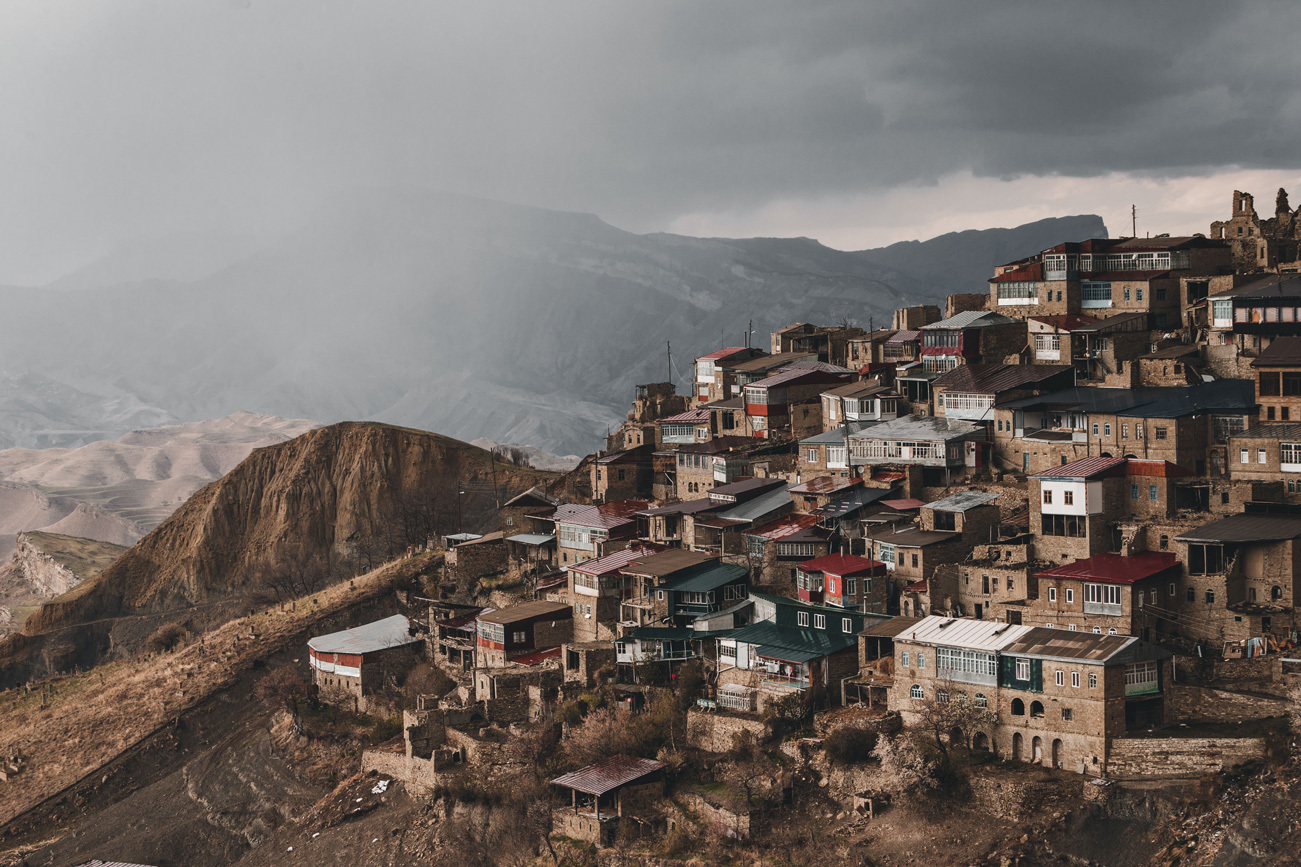Geologists criticize Dagestan officials for neglecting seismic danger

Experts have warned that the lack of concern for the seismic resilience of homes in Dagestan by the authorities could result in devastating consequences in the event of a strong earthquake. This was highlighted following the recent devastating earthquake in Turkey. Despite objections from the Ministry of Construction of Dagestan, construction in the region is still being carried out without proper consideration for seismic hazards.
According to Khaskil Magomedov, the director of the Dagestan branch of the Unified Geophysical Service of the Russian Academy of Sciences, over 70% of Dagestan's territory is located in a zone of extreme seismic hazard, including most of its cities, such as Makhachkala. Magomedov stated that in the past 30 years, there has been uncontrolled development in Dagestan with virtually no attention paid to seismic zoning.
Vasily Cherkashin, chief researcher at the Institute of Geology of the Dagestan Federal Research Center of the Russian Academy of Sciences, confirmed that seismic zoning in Dagestan has not been conducted for more than 30 years. The purpose of seismic zoning is to determine the seismicity of a given territory, which is then followed by micro-zoning in cities where high-rise buildings or hazardous enterprises are planned. According to Cherkashin, micro-zoning involves extensive research to determine soil characteristics and this information is used by designers in their work.

View of the village of Chokh in Dagestan.
On May 14th, 1970 at 9:12 PM MSK, Dagestan experienced a devastating earthquake with a moment magnitude of 6.7 and a maximum Modified Mercalli intensity of VIII. The earthquake was preceded by smaller earthquakes earlier in the day and had its epicenter in the Buynaksky District. The impact of the event was significant, affecting 25% of the republic's territory and causing complete destruction in 257 settlements, including Makhachkala, Buynaksk, Kaspiysk, Khasavyurt, and Kizilyurt. The disaster resulted in a minimum of 31 deaths and up to 1,000 people injured.
Dagestan is known for its high seismicity and in 2020, the OSR-2016 seismic zoning map was introduced, which revised the seismicity of Makhachkala. The researcher emphasized the importance of proper seismic zoning for the safety of residents and infrastructure in the region.
The scientists at the Institute of Geology were shocked to discover that the seismicity of Makhachkala had been reduced from nine to eight in a recent document. At the same time, the seismicity in some areas where it was historically low was increased by one point. There are 13 soil combinations in Makhachkala, and the seismicity can vary greatly in different areas, ranging from six to eight points.
Seismic micro-zoning in Makhachkala has not been conducted for over 30 years, despite the fact that it is supposed to be done every 10 years. The scientists have repeatedly called for the correction of the OSR-2016 map, leading to the cancellation of the map by the Minister of Construction and Housing and Utilities of Russia, Irek Faizulin, in January 2021, according to Cherkashin.
In 2020, Dagestan received federal funds for seismic zoning, but the local authorities declined them. Cherkashin noted that he saw a letter from the Committee for Architecture and Urban Planning of Dagestan to the Vice-Premier of the Republic stating that it deemed detailed seismic zoning of Dagestan inappropriate. Instead, the committee suggested financing micro-zoning of cities through the budgets of municipalities. Cherkashin estimated that the seismic zoning of Makhachkala would require 1.2 billion rubles, but the city is unable to allocate such funds.
Cherkashin explained that the high seismicity in the Caucasus Mountains is a result of the interaction of the Arabian, Scythian, and Anatolian tectonic plates. Although there have been no major earthquakes in Dagestan in recent years, small earthquakes do occur, which helps to prevent the buildup of potential energy in the earth's crust. However, scientists have observed that seismicity is shifting from the Anatolian platform, which may result in a significant increase in seismicity in the coming decades. According to the data collected, a strong earthquake in Dagestan is possible by the 2030s.
Vasily Cherkashin emphasizes the need for prompt evaluation of the earthquake resilience of residential buildings in Makhachkala. According to him, some buildings can be saved through strengthening, but if they don't meet the standards, they should be demolished. If these actions are not taken immediately, the outcomes could be uncertain.
The representative of the Ministry stated that every development project goes through a review as required by urban planning regulations. The State Construction Supervision Department is responsible for ensuring the object under construction, which has passed the examination, is in accordance with the project documentation.